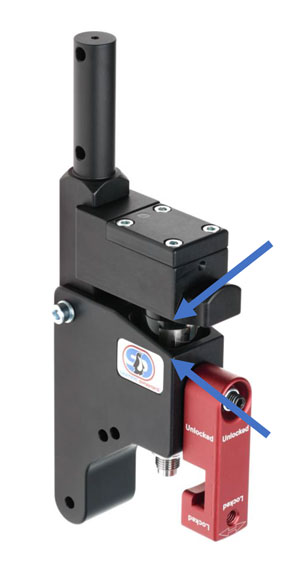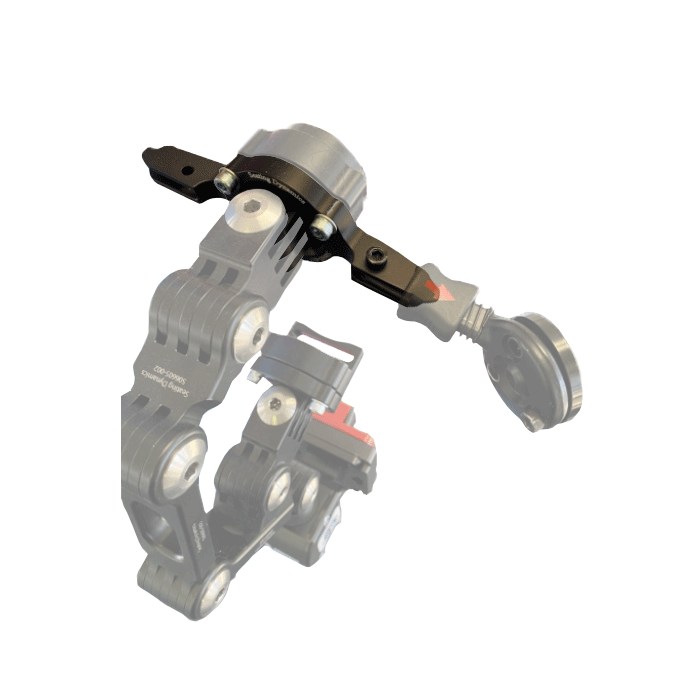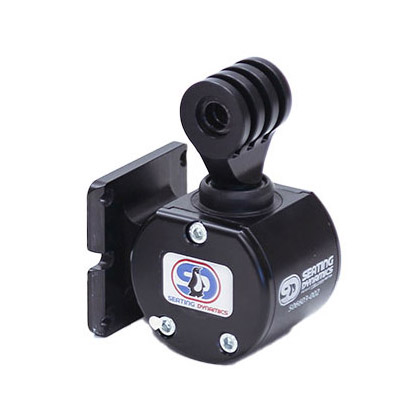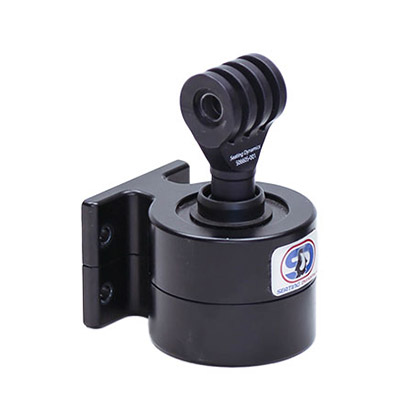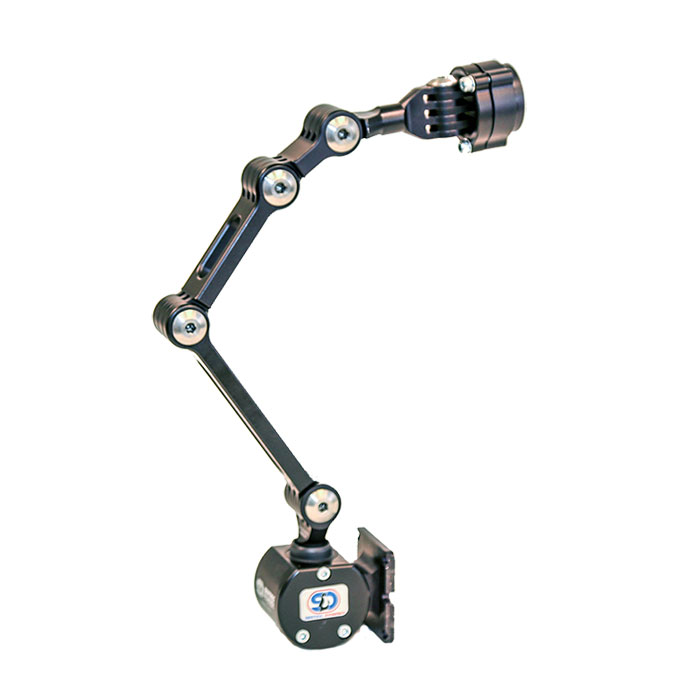How Much is too Much? Choosing Resistance.
Michelle L. Lange, OTR/L, ABDA, ATP/SMS
The Dynamic Rocker Back Interface (DRBi) moves in response to client force as two elastomers are compressed. The energy stored in the elastomers helps the client to return to an upright starting position. These elastomers can be switched to change the level of resistance.
How do I determine the correct resistance for the Dynamic Back?
The DRBi includes a range of elastomers to change the resistance without having to order more equipment. The strength of the elastomer initially installed in a new DRBi is Clear (Medium). The DRBi is also shipped with Yellow (Soft), Blue (Firm), and Green (Extra Firm) elastomers.
The following are indicators that the elastomer is too “soft”:
• If the client is able to completely compress it. If you can see the metal above and below the elastomer touch, the elastomer is too soft and should be replaced with the next firmest option until the elastomer is no longer completely compressed during client movement.
• If the Dynamic Back is moving rearward when the wheelchair is tilted. If the client uses a tilt in space wheelchair, simply tilting the client back should not activate the elastomers. If it does, a firmer elastomer should be used. If the client is using a heavy backpack, the weight of this, particularly during tilt, may activate the elastomer. The backpack may need to be removed so that the client is able to use an appropriate level of resistance.
• If the client seeks out movement, but does not exert a lot of force. Some clients love to rock, but may not exert enough force to activate the Dynamic Back if the elastomers are too firm. Start with a Soft elastomer. The Soft elastomer will provide more movement, as well as more shock absorption.
• If the client moves the back, but does not readily return to a neutral starting position. If the client can extend against the back and remain there for more than a few minutes, a firmer elastomer is most likely required to help the client return to upright.
The following is an indicator that the elastomer is too “firm”:
• The client will not be able to move the back at all or only a very short distance. You can push against the back or back canes yourself to judge how much more movement is available.
The elastomers can be changed in 10 – 15 minutes following our instructions. You can contact us at any time for further guidance, as well. A change of elastomer can make a big difference in the effectiveness of the Dynamic Back for a client you work with.
What color elastomers are you using and why?
Check out our Quick Class on Resistance and the Dynamic Rocker Back

